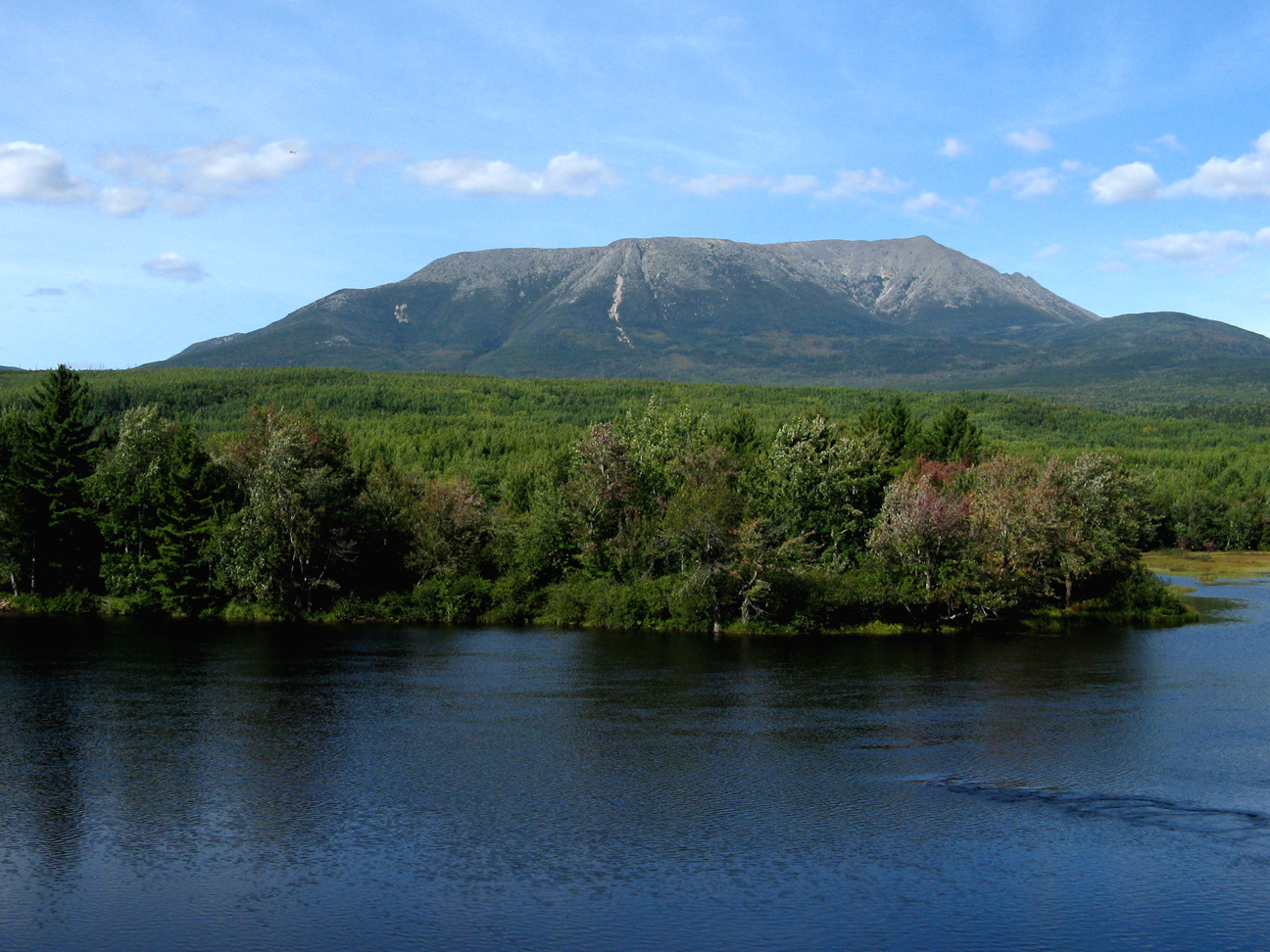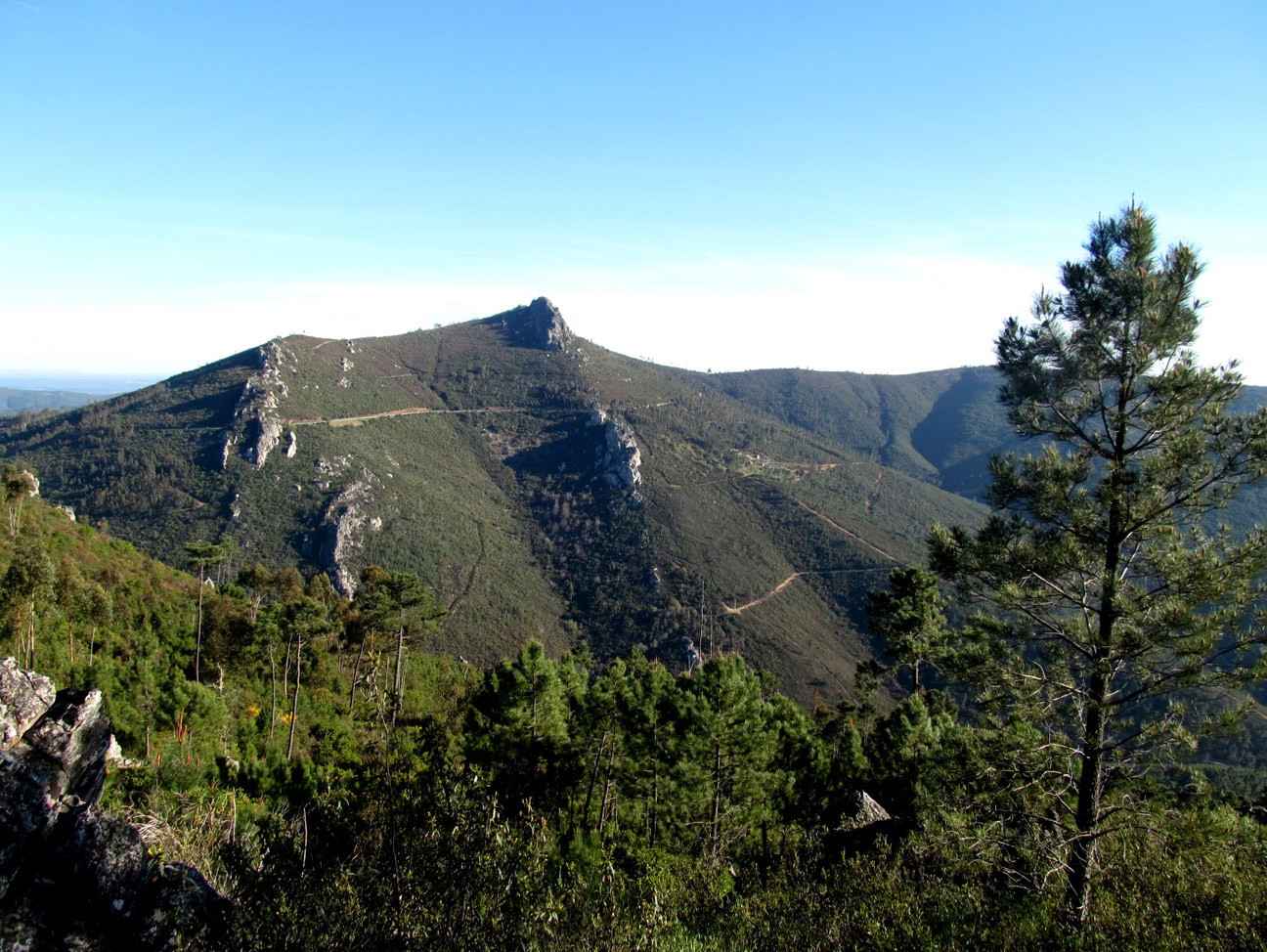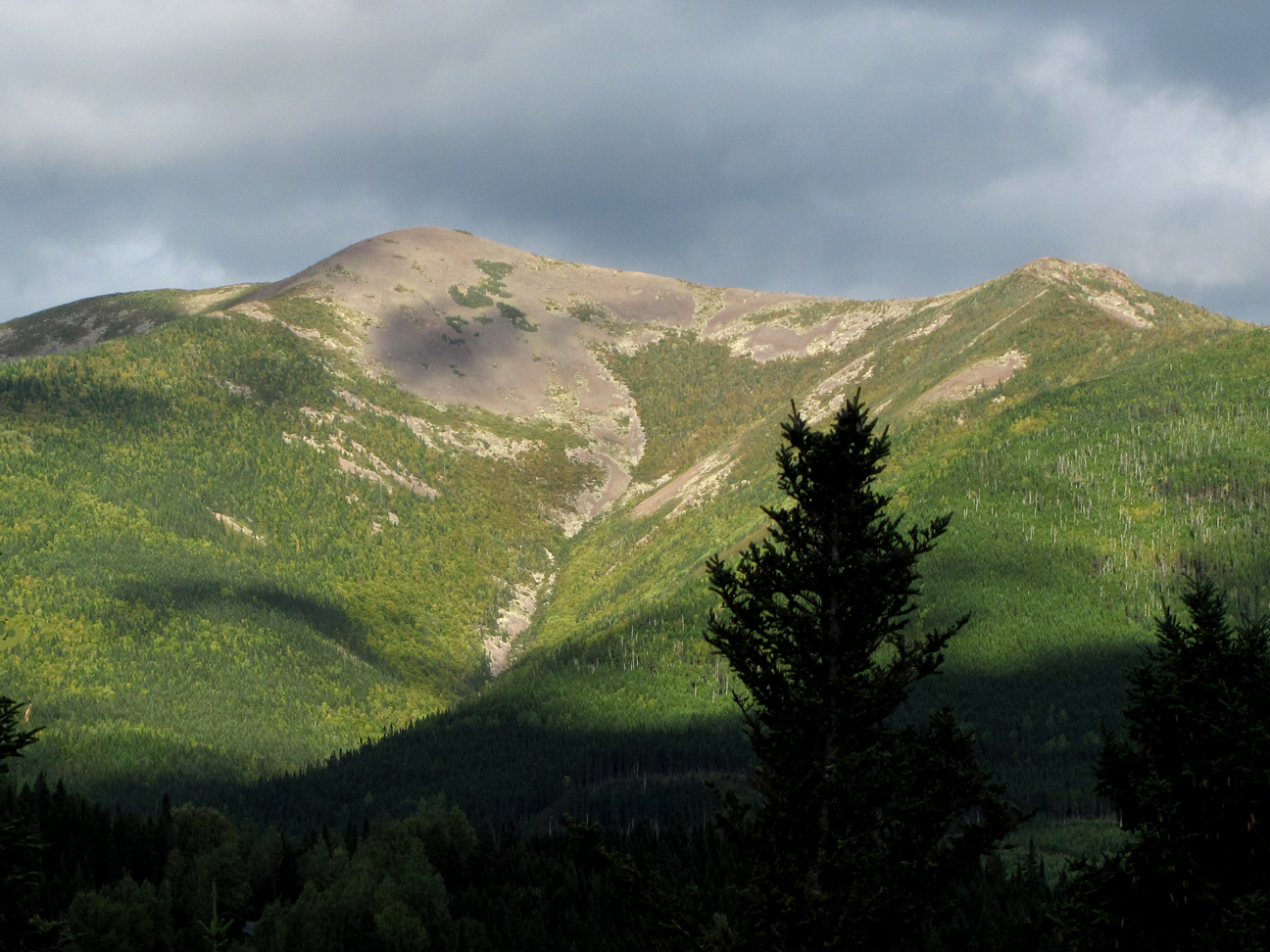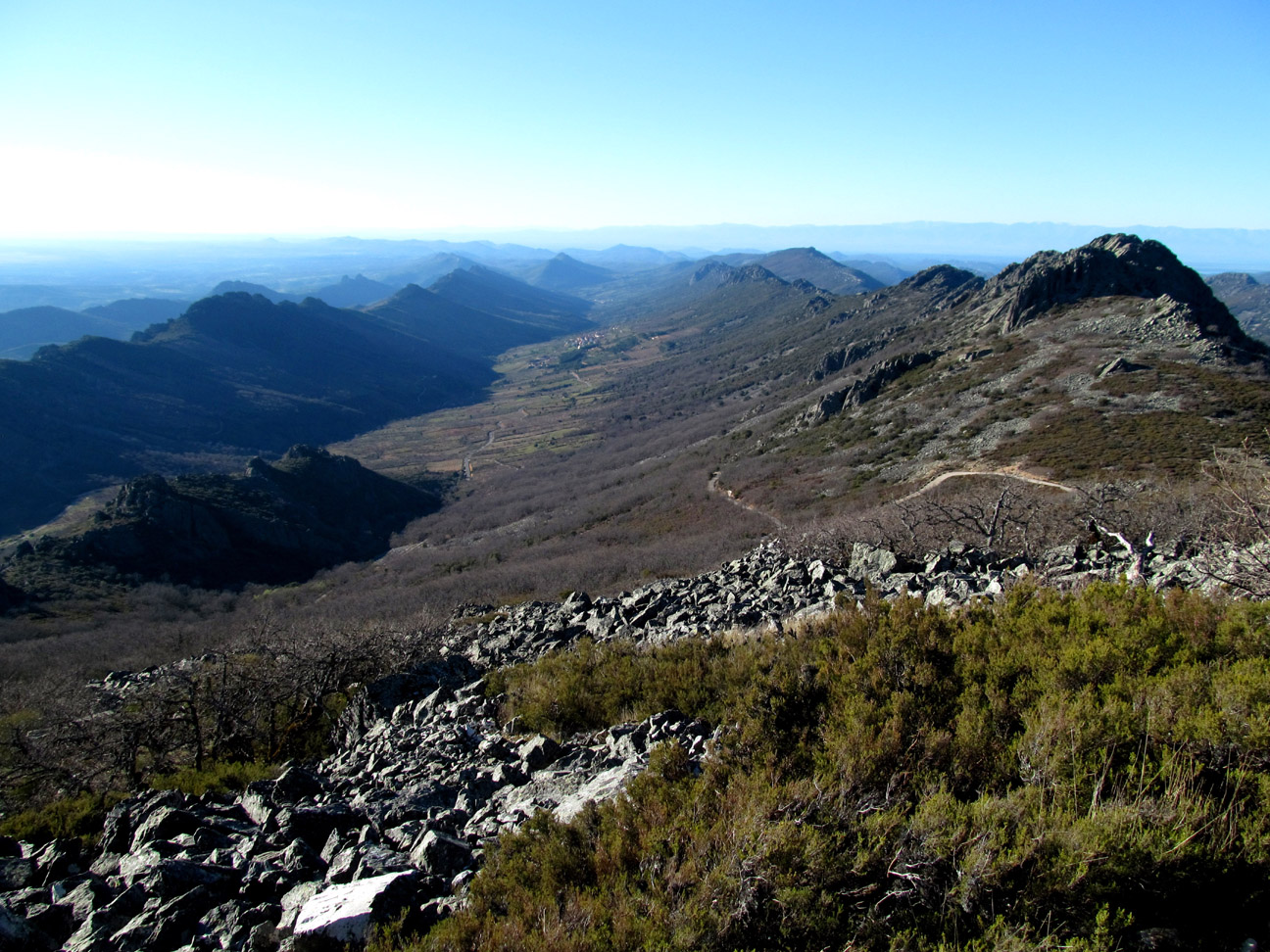The Appalachian-Caledonian Orogeny, a monumental geological event spanning millions of years and square kilometers, has shaped a diverse array of ecological zones across North America, Europe, and North Africa. From the rugged peaks of the Appalachian and Caledonian Mountains to the ancient landscapes of the Iberian Peninsula and Morocco, this orogeny has forged a mosaic of habitats and wildlife.
The Appalachian Mountains, stretching from Newfoundland in Canada to Alabama in the United States, encompass a vast range of ecological zones influenced by elevation, climate, and geology. At lower elevations, the region is characterized by deciduous forests, where species such as oak, maple, hickory, and tulip poplar dominate the landscape. These forests provide habitat for a diverse array of wildlife, including white-tailed deer, black bears, and various bird species.













